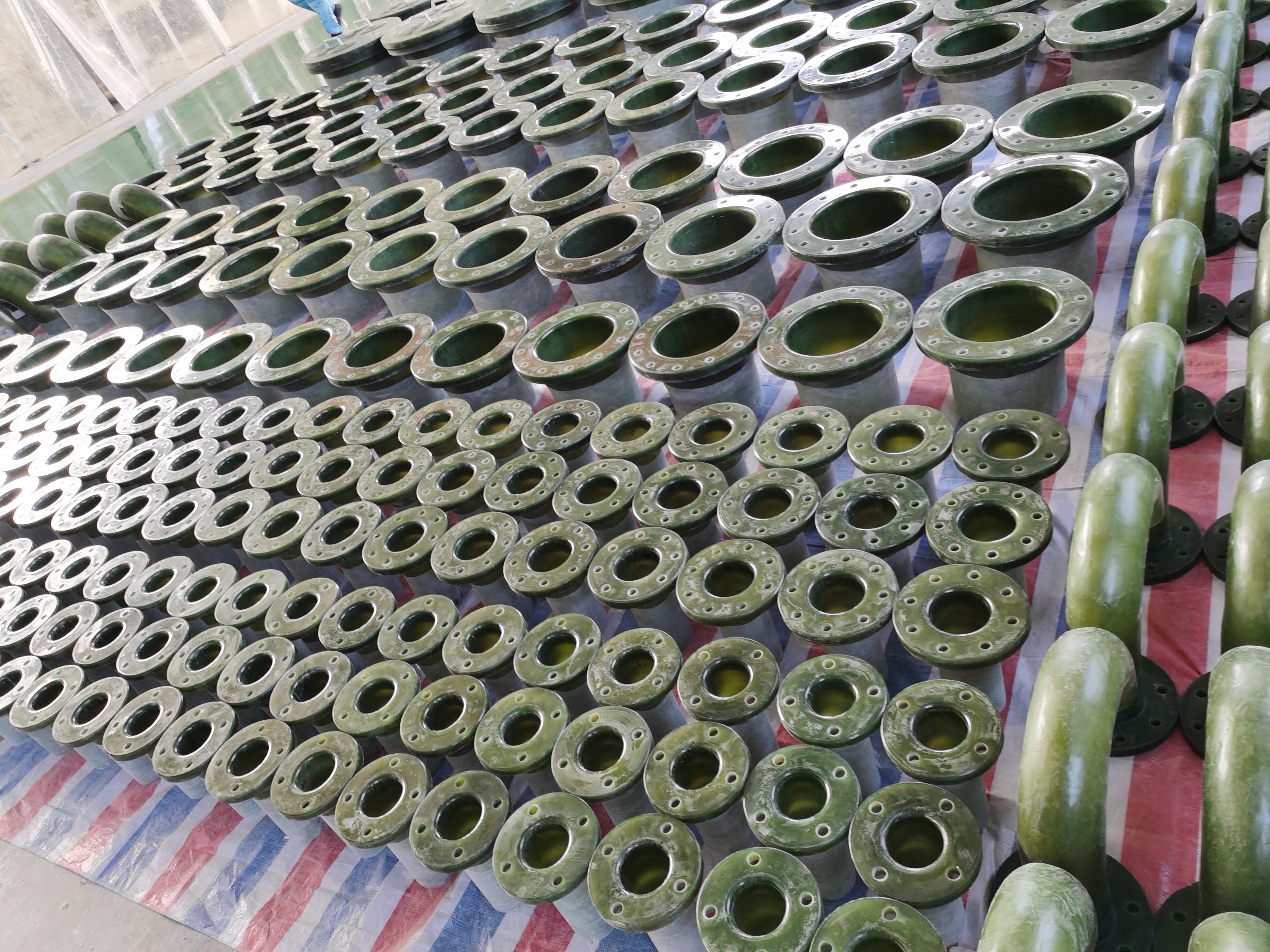
-
 Afrikaans
Afrikaans -
 Albanian
Albanian -
 Amharic
Amharic -
 Arabic
Arabic -
 Armenian
Armenian -
 Azerbaijani
Azerbaijani -
 Basque
Basque -
 Belarusian
Belarusian -
 Bengali
Bengali -
 Bosnian
Bosnian -
 Bulgarian
Bulgarian -
 Catalan
Catalan -
 Cebuano
Cebuano -
 China
China -
 China (Taiwan)
China (Taiwan) -
 Corsican
Corsican -
 Croatian
Croatian -
 Czech
Czech -
 Danish
Danish -
 Dutch
Dutch -
 English
English -
 Esperanto
Esperanto -
 Estonian
Estonian -
 Finnish
Finnish -
 French
French -
 Frisian
Frisian -
 Galician
Galician -
 Georgian
Georgian -
 German
German -
 Greek
Greek -
 Gujarati
Gujarati -
 Haitian Creole
Haitian Creole -
 hausa
hausa -
 hawaiian
hawaiian -
 Hebrew
Hebrew -
 Hindi
Hindi -
 Miao
Miao -
 Hungarian
Hungarian -
 Icelandic
Icelandic -
 igbo
igbo -
 Indonesian
Indonesian -
 irish
irish -
 Italian
Italian -
 Japanese
Japanese -
 Javanese
Javanese -
 Kannada
Kannada -
 kazakh
kazakh -
 Khmer
Khmer -
 Rwandese
Rwandese -
 Korean
Korean -
 Kurdish
Kurdish -
 Kyrgyz
Kyrgyz -
 Lao
Lao -
 Latin
Latin -
 Latvian
Latvian -
 Lithuanian
Lithuanian -
 Luxembourgish
Luxembourgish -
 Macedonian
Macedonian -
 Malgashi
Malgashi -
 Malay
Malay -
 Malayalam
Malayalam -
 Maltese
Maltese -
 Maori
Maori -
 Marathi
Marathi -
 Mongolian
Mongolian -
 Myanmar
Myanmar -
 Nepali
Nepali -
 Norwegian
Norwegian -
 Norwegian
Norwegian -
 Occitan
Occitan -
 Pashto
Pashto -
 Persian
Persian -
 Polish
Polish -
 Portuguese
Portuguese -
 Punjabi
Punjabi -
 Romanian
Romanian -
 Russian
Russian -
 Samoan
Samoan -
 Scottish Gaelic
Scottish Gaelic -
 Serbian
Serbian -
 Sesotho
Sesotho -
 Shona
Shona -
 Sindhi
Sindhi -
 Sinhala
Sinhala -
 Slovak
Slovak -
 Slovenian
Slovenian -
 Somali
Somali -
 Spanish
Spanish -
 Sundanese
Sundanese -
 Swahili
Swahili -
 Swedish
Swedish -
 Tagalog
Tagalog -
 Tajik
Tajik -
 Tamil
Tamil -
 Tatar
Tatar -
 Telugu
Telugu -
 Thai
Thai -
 Turkish
Turkish -
 Turkmen
Turkmen -
 Ukrainian
Ukrainian -
 Urdu
Urdu -
 Uighur
Uighur -
 Uzbek
Uzbek -
 Vietnamese
Vietnamese -
 Welsh
Welsh -
 Bantu
Bantu -
 Yiddish
Yiddish -
 Yoruba
Yoruba -
 Zulu
Zulu
Understanding FRP Flange Applications and Benefits in Modern Engineering Solutions
The Importance of FRP Flanges in Modern Engineering
FRP (Fiber Reinforced Plastic) flanges are becoming a pivotal component in various engineering applications due to their lightweight, corrosion-resistant, and high-strength properties. As industries continue to evolve, the demand for materials that can withstand harsh environments while maintaining structural integrity has significantly increased. FRP flanges are at the forefront of this transformation, offering a superior alternative to traditional metal flanges.
Lightweight and Durable
One of the most remarkable features of FRP flanges is their lightweight nature. This characteristic not only simplifies handling and installation but also reduces the overall weight of the piping systems they are used in. In sectors such as oil and gas, water treatment, and chemical processing, reducing weight can lead to lower transportation costs and easier maintenance. Despite their lightness, FRP flanges boast impressive strength, making them suitable for high-pressure applications. This unique combination of lightness and durability enables engineers to design more efficient systems without compromising safety.
Corrosion Resistance
Corrosion is a major issue in many industrial applications, particularly in environments where exposure to chemicals, moisture, or salt is common. Traditional materials, such as steel or iron, often succumb to rust and degradation over time, leading to costly repairs and replacements. On the other hand, FRP flanges are inherently resistant to corrosion, allowing them to thrive in even the harshest conditions. This property not only extends the service life of the flanges but also minimizes maintenance costs, making them an economical choice in the long run.
frp flange

Versatility and Customization
The versatility of FRP flanges is another compelling reason for their popularity. They can be molded into various shapes and sizes to meet specific requirements, making them suitable for a wide range of applications. In industries like construction, automotive, and aerospace, the ability to customize flanges means engineers can innovate without being constrained by material limitations. Additionally, FRP flanges can be designed to fit existing systems seamlessly, facilitating upgrades and modifications.
Environmental Considerations
As sustainability becomes increasingly vital in engineering practices, the environmental benefits of FRP materials cannot be overlooked. FRP flanges are often produced using less energy-intensive processes compared to their metal counterparts, leading to a reduced carbon footprint. Furthermore, their longevity and resistance to degradation mean that fewer resources are needed for replacements over time, contributing to a more sustainable approach to manufacturing and construction.
Conclusion
In conclusion, FRP flanges represent a significant advancement in materials engineering, combining lightweight construction with unmatched durability and corrosion resistance. Their versatility and customization options make them an appealing choice for various industries facing the challenges of modern engineering. As we look toward the future, the continued adoption of FRP flanges is likely to play a critical role in developing innovative, sustainable solutions across multiple sectors. The shift from traditional materials to FRP is not just a trend; it is a necessary evolution in how we approach design and functionality in an increasingly challenging environment.









